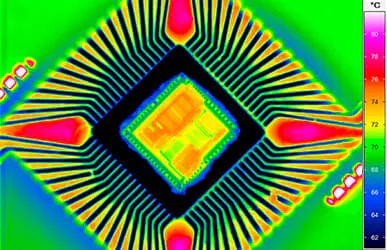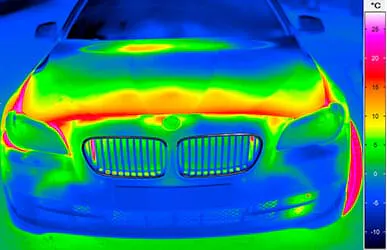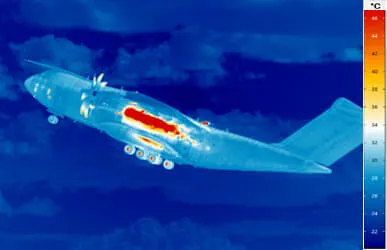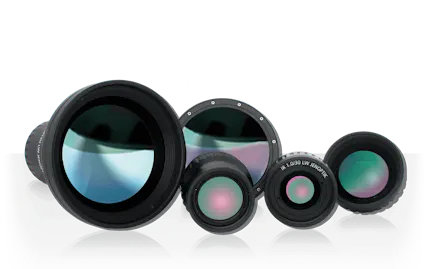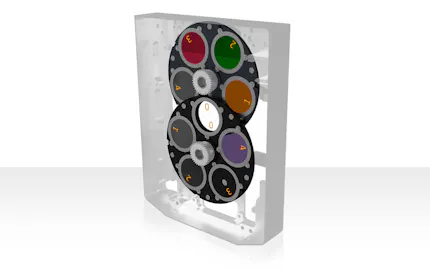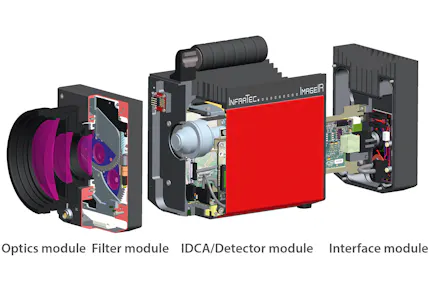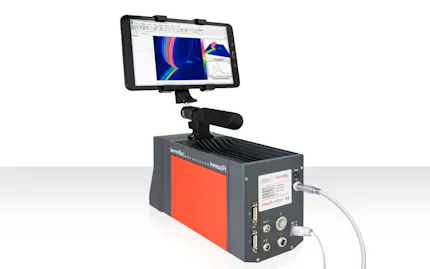Remote-controllable Motor Focus for the Cameras of ImageIR® Series
Why Motor Focus?
Motorised precise focusing of the image has been a standard feature of digital cameras and some mobile phones for a long time. Why not for all infrared cameras? Should this function not be automatically included in the scope of delivery?

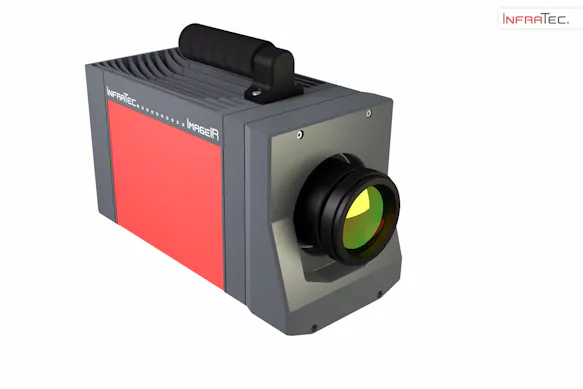
In particular, with stationary cooled cameras like the ImageIR®, there are measurement situations in which the camera is always set up with a fixed working distance – the focus is never changed, hence, it needn't be motorised. In terms of flexible camera use, however, a motor focus is an important equipment detail that supports efficient working and the recording of the best possible measured data. The ImageIR® camera series offers a further feature that has only been implemented so comprehensively at InfraTec.
Control via IRBIS® online
A highly versatile camera remote control is included in the IRBIS® user interface due to the integrated IRBIS® online functions, through which all ImageIR® motor focus variants are controlled.
Different options are available:
Focus forward / focus backward
Fine focus forward / fine focus backward
Speed regulation standard focus
Speed regulation fine focus
Autofocus over the entire image scene
Autofocus over measuring field (ROI)
Absolute focus via direct distance input
Focus via saved presets
Through this unique diversity of focusing options, the user can freely decide how he will optimally use the motorised precision focusing of the ImageIR® according to the task involved.
Examples:
In close proximity a particularly fine focus adjustment together with comparably low depth of focus of macroscopic or microscopic images can help to find the precise focus.
The focussing speed in terms of a rapid measuring sequence can be important for a moving scene or the thermography of complexly shaped components.
If a scene exhibits such an extremely low thermal contrast that the implemented autofocus algorithms cannot focus reliably enough, you can directly establish a previously measured focus distance by entering the absolute values
Different motor focus module variants are available according to lens type and measuring scene. It enables precise, remote-controllable and fast focus.
Overview of Benefits
Complete remote control of the focus even over great distances
Linear focus (no wobbling)
Precise and fast autofocus function
1 Absolute focus due to direct input of distance
The storage of several focus positions by the user is possible
Further information about camera series ImageIR®
Motor Focus Options for the Cameras of the ImageIR® Series
Depending on the measurement task, different technical solutions are recommended for optimum focusing.
Camera-internal Motor Focus Function
This versatile variant permits the use of wide-angle, standard and smaller telephoto lenses. Changing the lens is possible as the lens is moved linearly to the object via the optical interface.
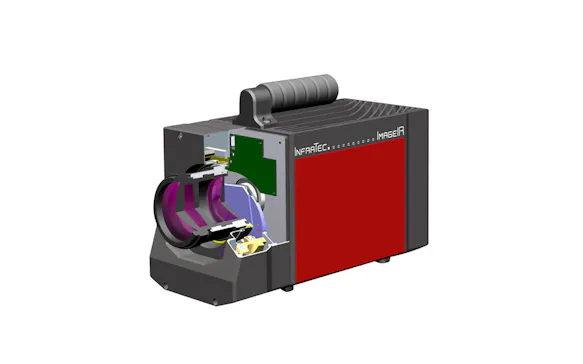
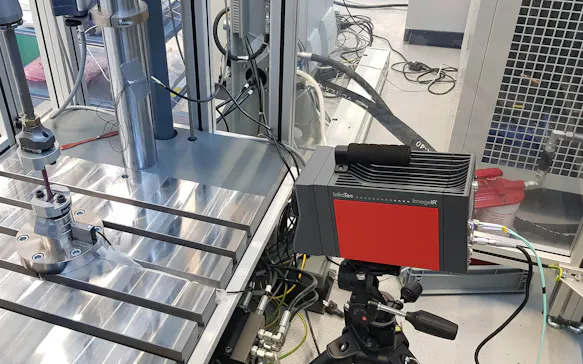
Motorised Microscopic Tripod
This focus variant is virtually indispensable for the µm precise focusing of the microscope lenses for the ImageIR®. The use of a high-precision longitudinal drive with micro stepping motor is more accurate and mechanically easier. With a step width as small as 0.5 µm, the camera can be moved upwards or downwards. The 8.0× microscopic lens or a SIL lens can be highly accurately focussed this way. This design is supported by an extremely sturdy profile structure that reduces vibration to a minimum.
Benefits at a Glance
Highest focusing accuracy and motorised control for precise thermographic examinations
Stable and low on vibration, ideal for the use of thermal imaging cameras with photon detectors and microscope lenses
Compatible with all macro and microscope lenses from InfraTec, offering high flexibility in choosing the field of view (FOV) for different applications
User-defined end positions to prevent collisions and storable focus presets for repeatable measurements and quick switching between different focus positions
Supports multi-focus recordings
Integrated remote control via the IRBIS® online thermography software for maximum ease of use

External Motor Focus Unit
This variant is designed for particularly heavy-duty lenses with 200 mm focal length or for the large-sized SXGA lenses of our ImageIR® top model with HD resolution. In this case, the lenses are fixed on a stable mount, while the focussing procedure is carried out µm precisely with a linear track. The special design with integrated sealing element on the optical interface ensures the complete prevention of interference radiation and offers ideal protection from dust and splash water. Hence, a precise remote-controlled focus is guaranteed between proximity and greater distances, particularly for higher lens focal lengths.
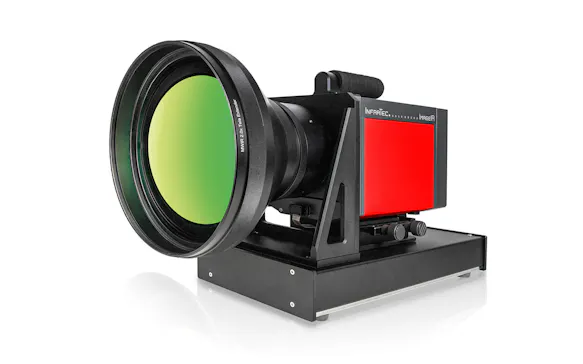

Would You Like to Know More?
It is not unusual for tasks to be associated with special requirements. Discuss your specific application needs with our specialists, receive further technical information or learn more about our additional services.
